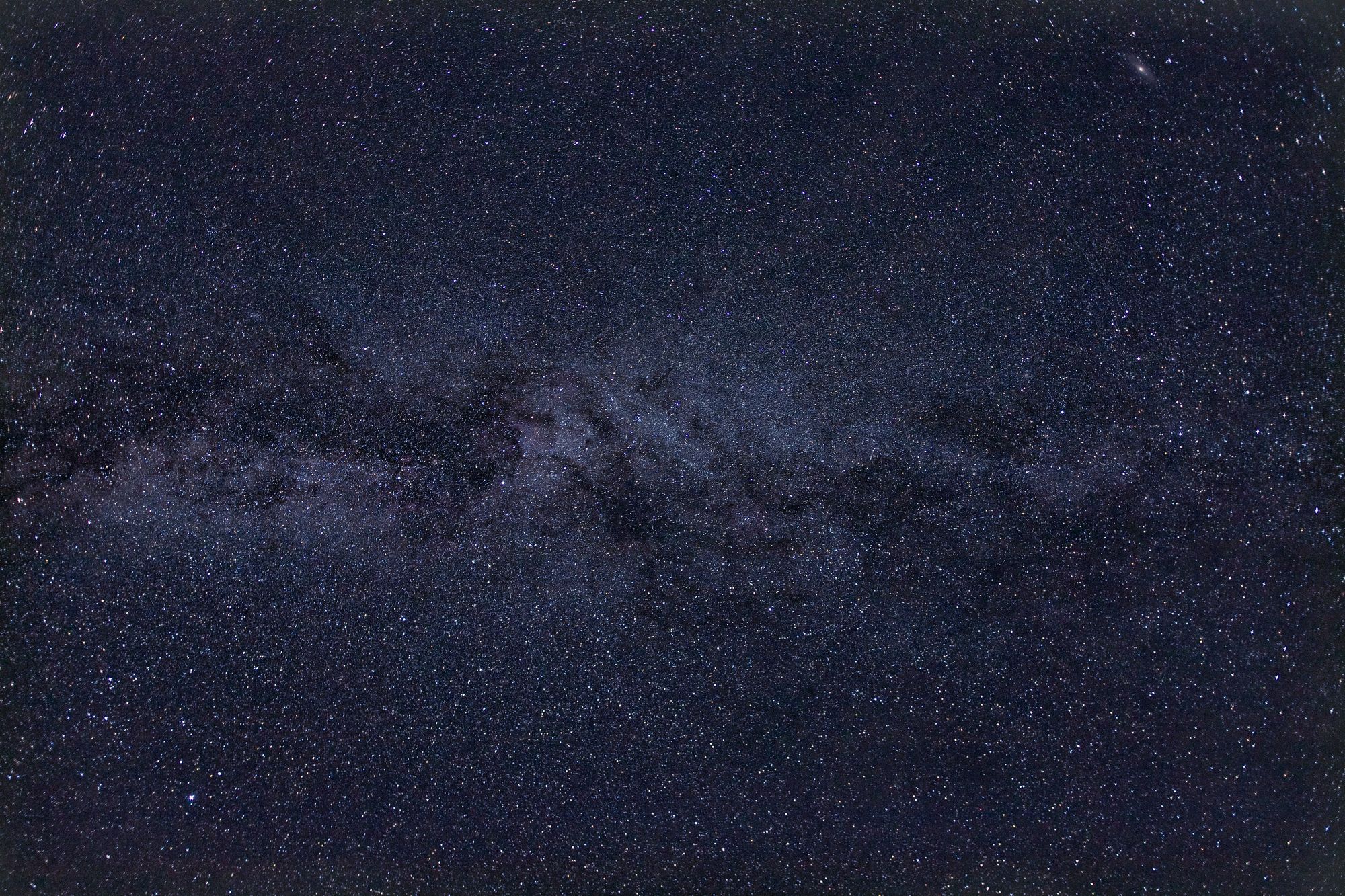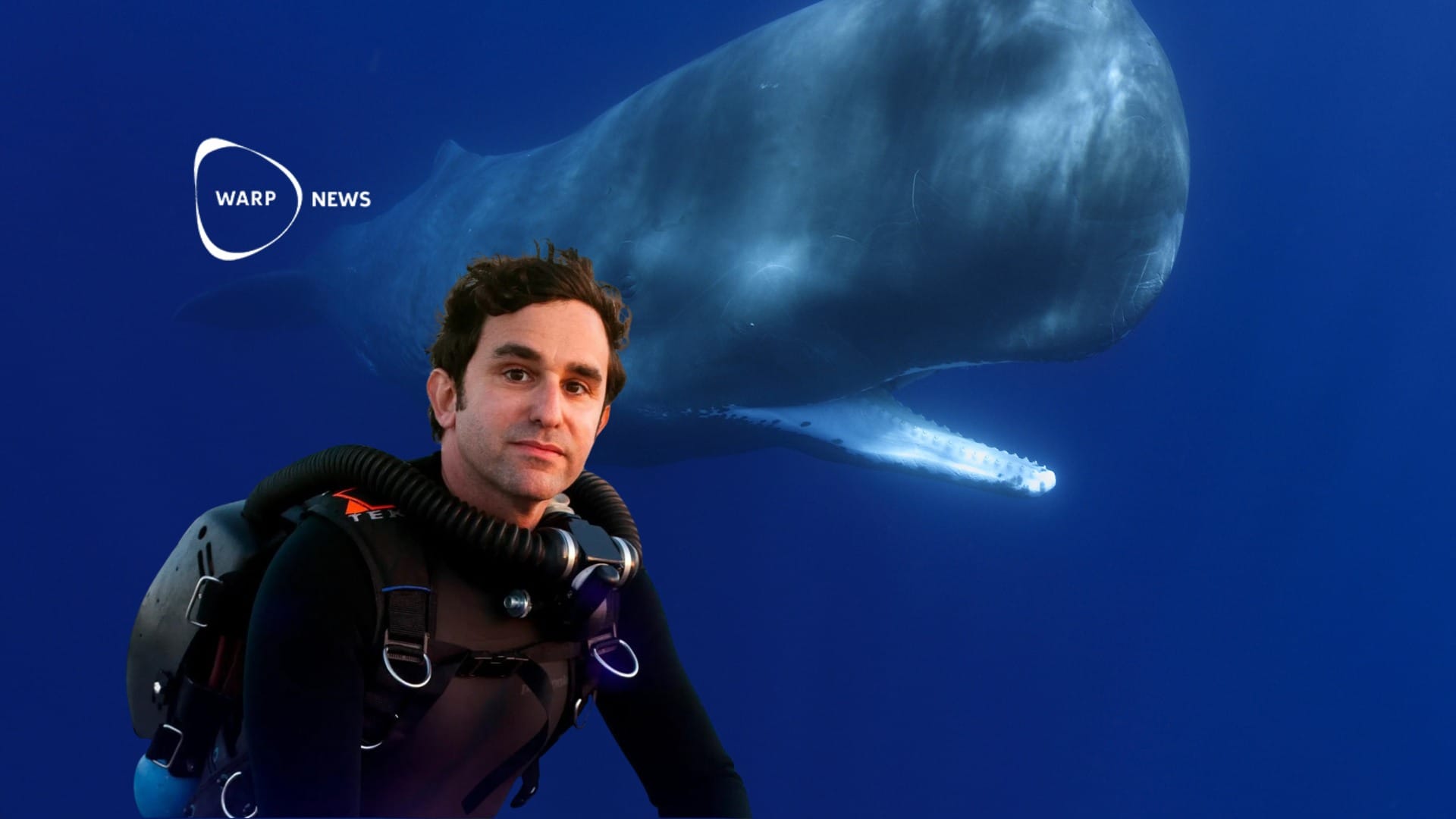
🔭 Astronomers take help of AI to discover new stars
Astronomy enters the era of artificial intelligence. Machine learning techniques aid in discovery of new proto-stars.
Share this story!
Researchers at the University of Leeds have made a successful large-scale star discovery by applying machine learning algorithms on large data sets from the Gaia space telescope. Thanks to AI, the UK astronomers have discovered more than a thousand large proto-stars of a type of which only some one hundred were previously known.
The introduction of AI into astronomic research brings a revolutionizing potential for discovery. Modern-day telescopes produce enormous amounts of data – too much for humans to go through in detail. By using AI, the data can be processed more efficiently. Machine learning algorithms can be trained to recognize rare stars using known data containing earlier such discoveries, and subsequently applied to search the new data sets for more.
A team of astronomers led by Ph.D. researcher Miguel Vioque at the University of Leeds made use of this technique to search for large stars in the early stages of their life cycle, known as proto-stars, i.e still in the formation phase. More precisely, the team looked for stars categorized as Herbig Ae/Be, which are heavier than twice the mass of our Sun. By using artificial neural networks on over four million data sources from the Gaia telescope, as well as some older data from projects like WISE, 2MASS, IPHAS and VPHAS+, the team managed to add 1361 new candidates to the catalogue of known Herbig Ae/Be-type stars. This find will help future astronomers to better understand the processes of star formation, thanks to a ten times larger catalogue of objects to study.
Gaia is a European-built space telescope operated by the European Space Agency. Its mission is to measure the distance, position and motion of one billion objects in the sky (mainly stars) for a large 3D map of space. The data used for the research project of Miguel Vioque and his team stem from observations made by Gaia between summer 2014 and spring 2016, released in April 2018.
The Leeds astronomers published their findings in the scientific journal Astronomy and Astrophysics in spring 2020.
By becoming a premium supporter, you help in the creation and sharing of fact-based optimistic news all over the world.


